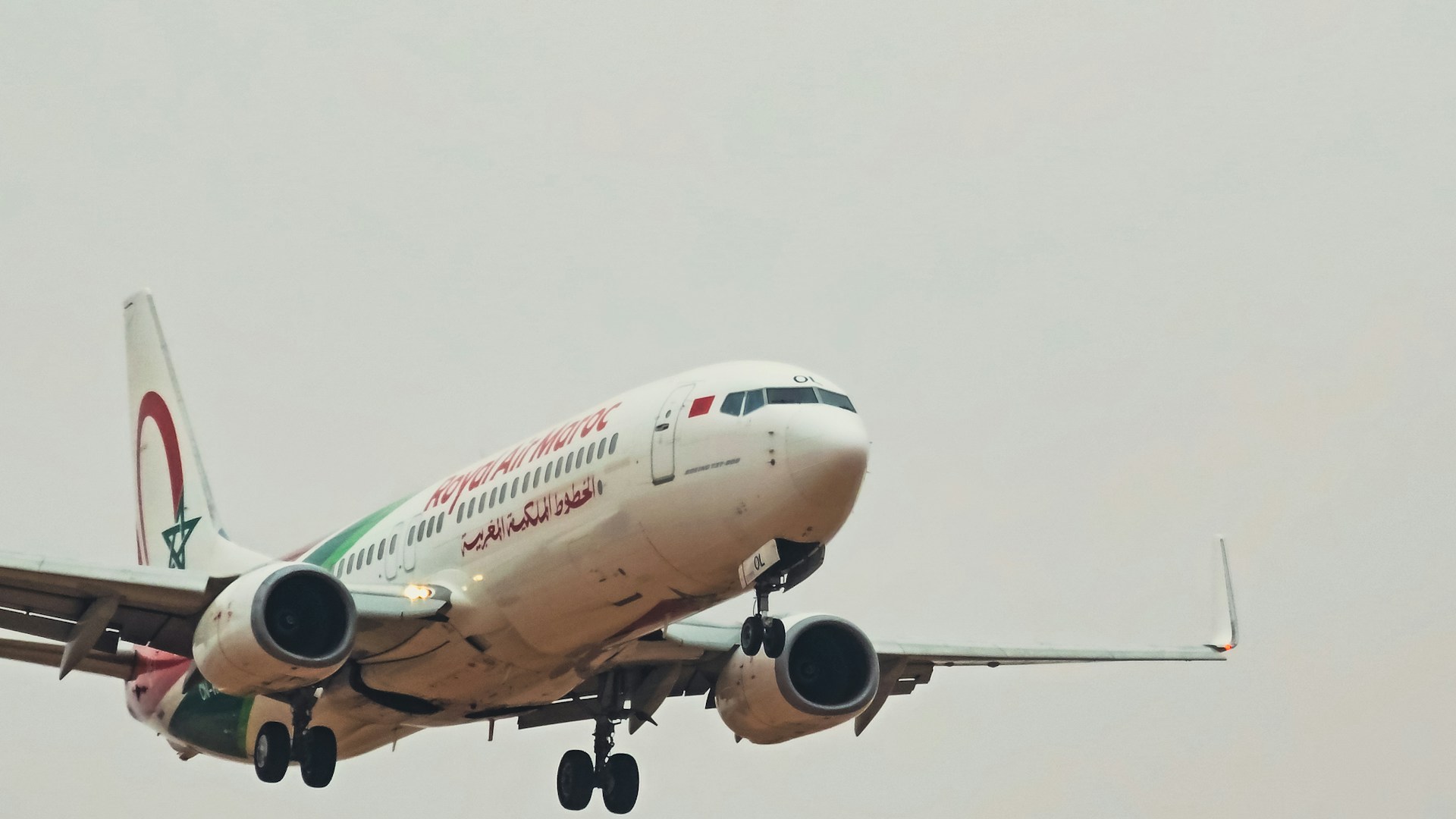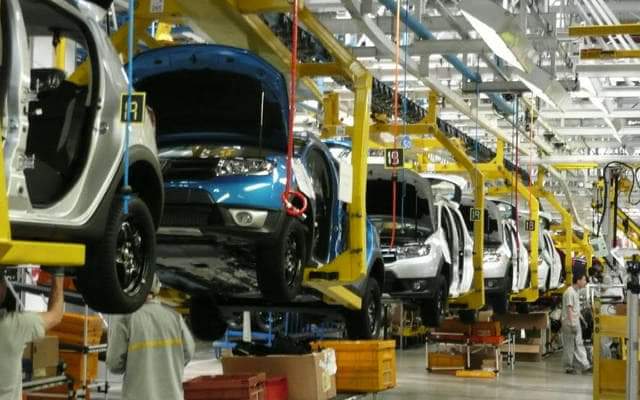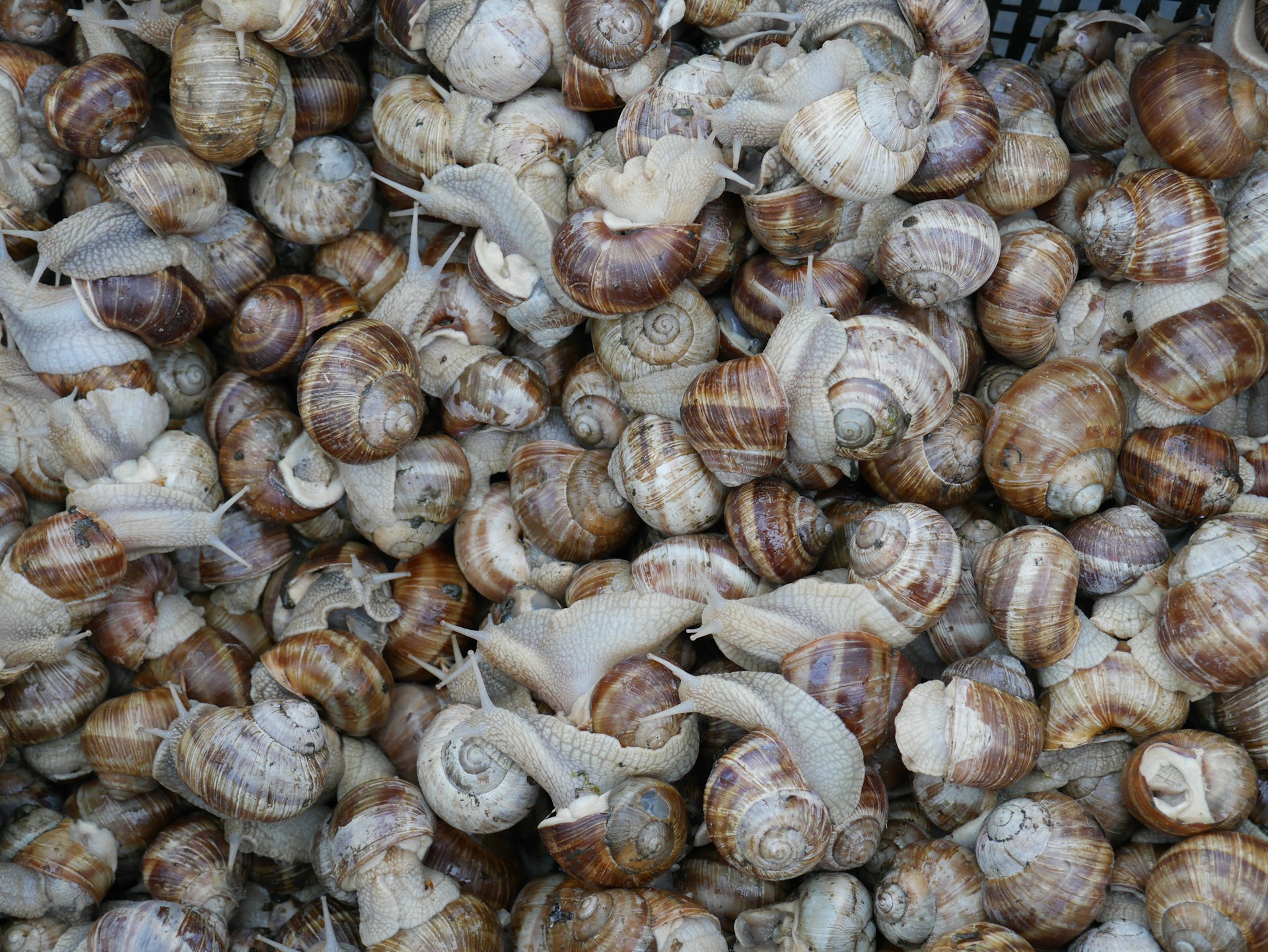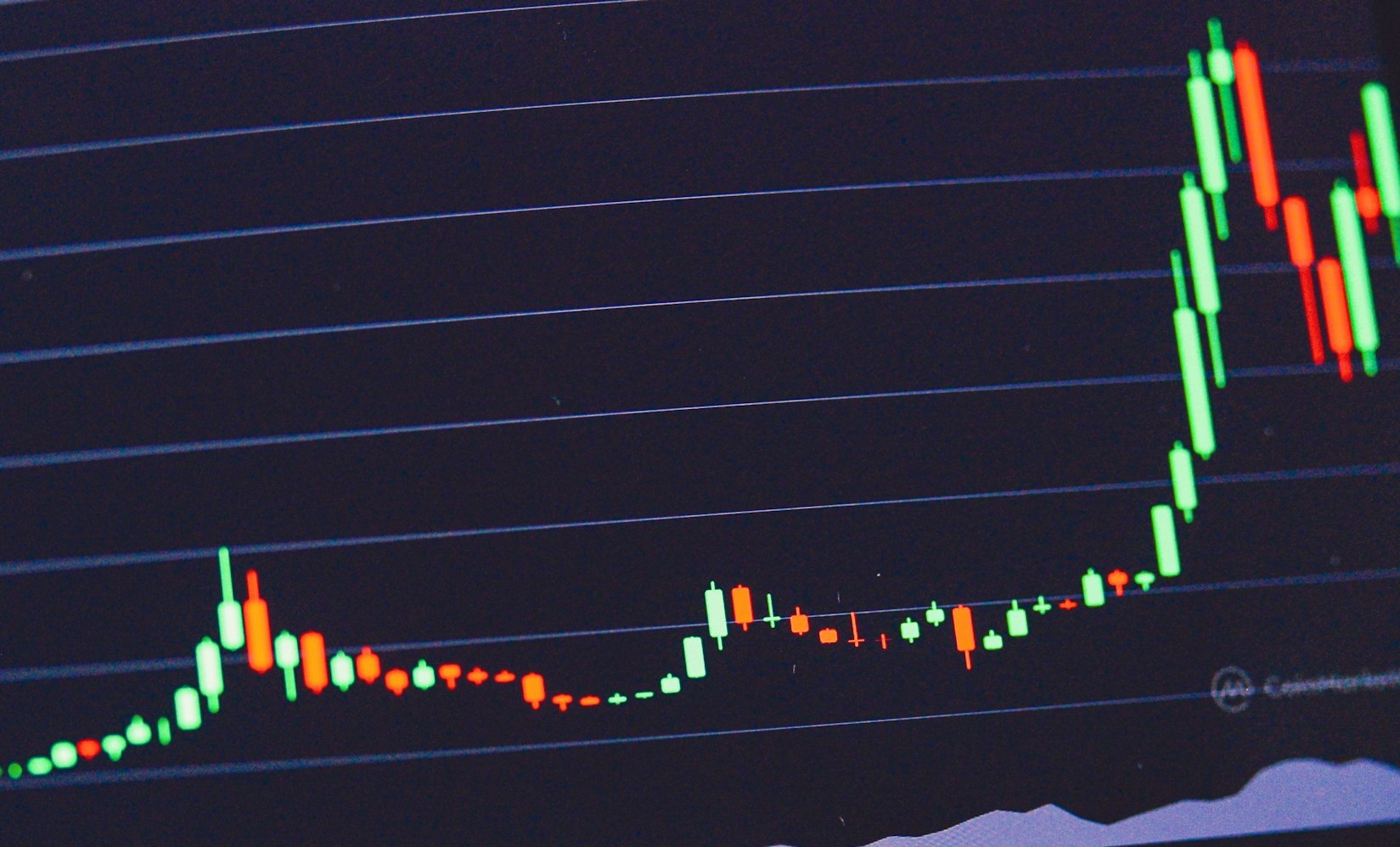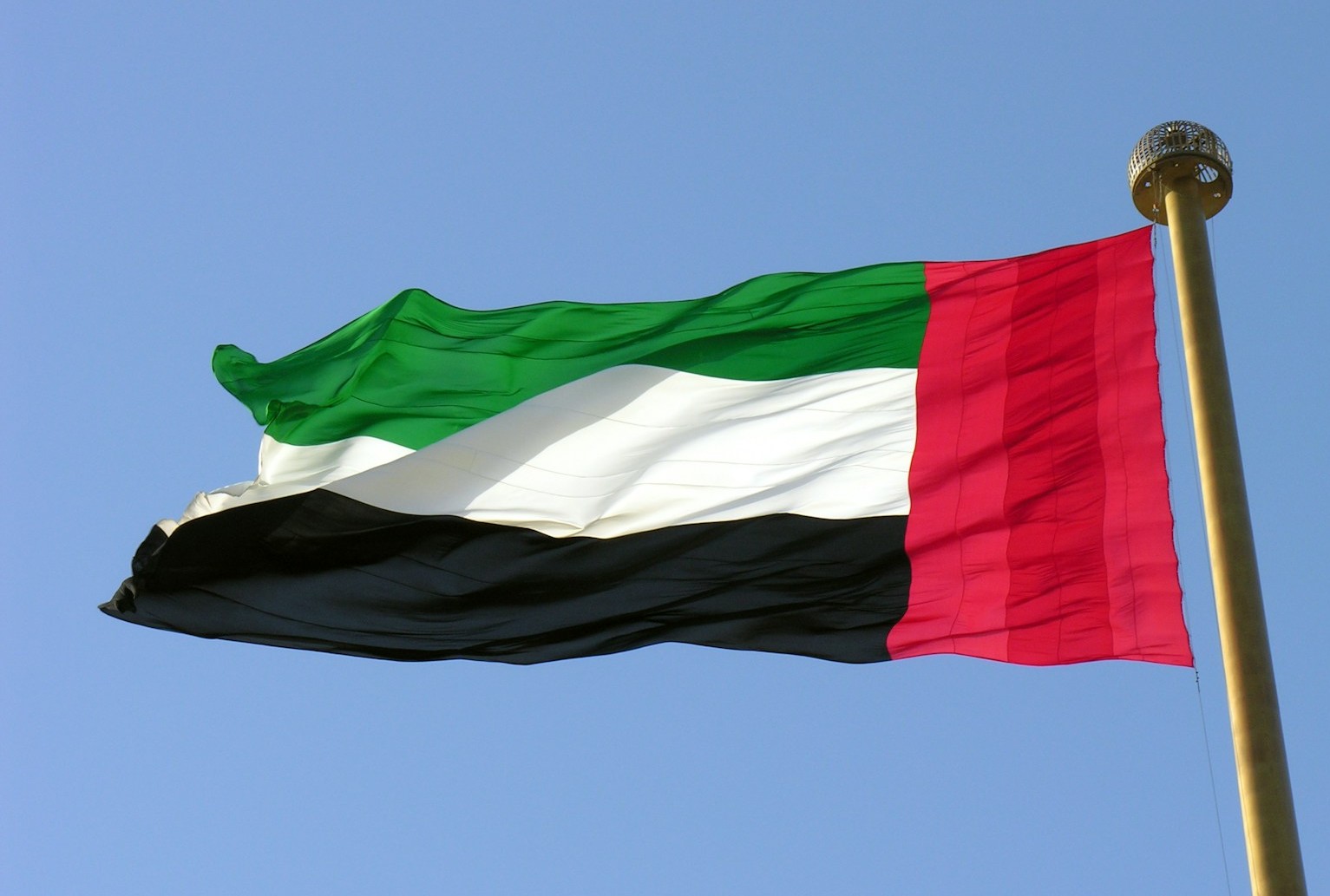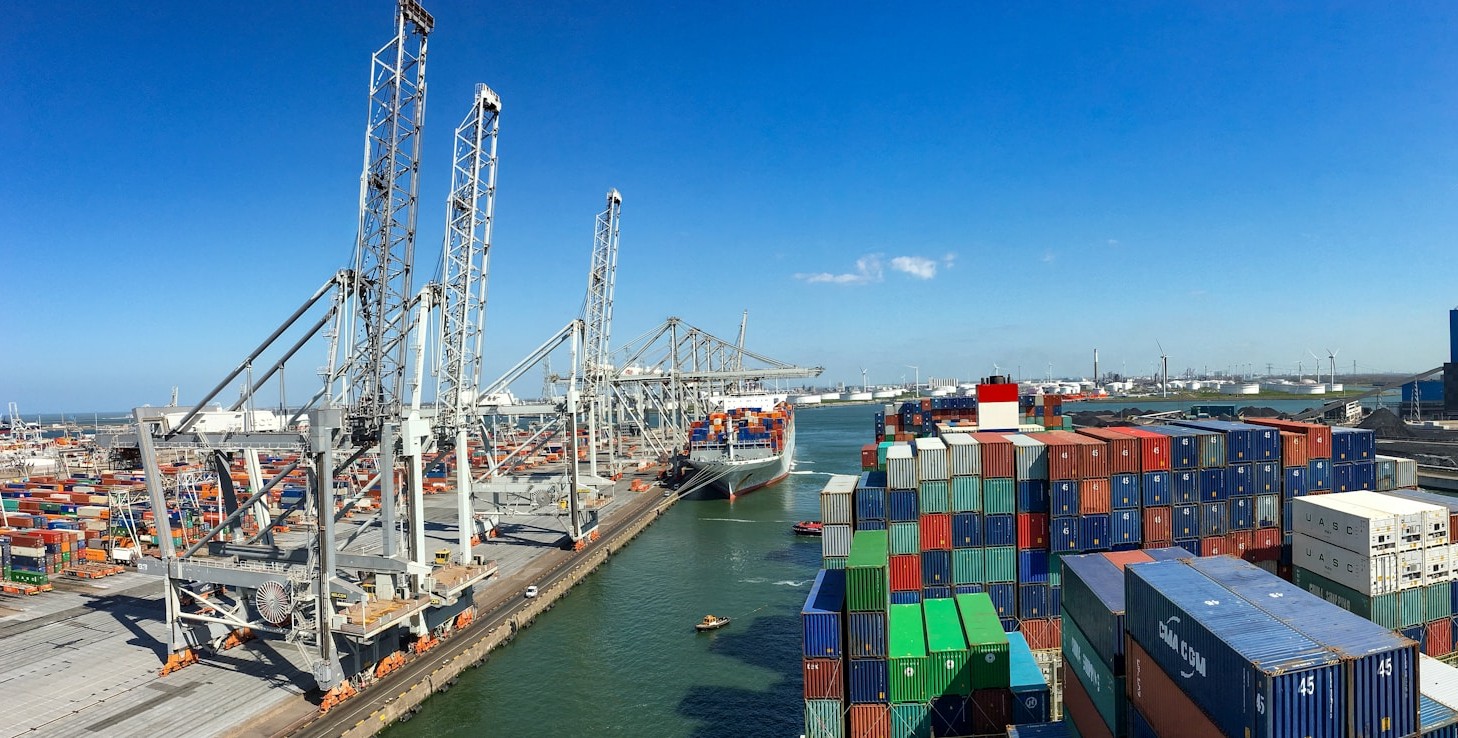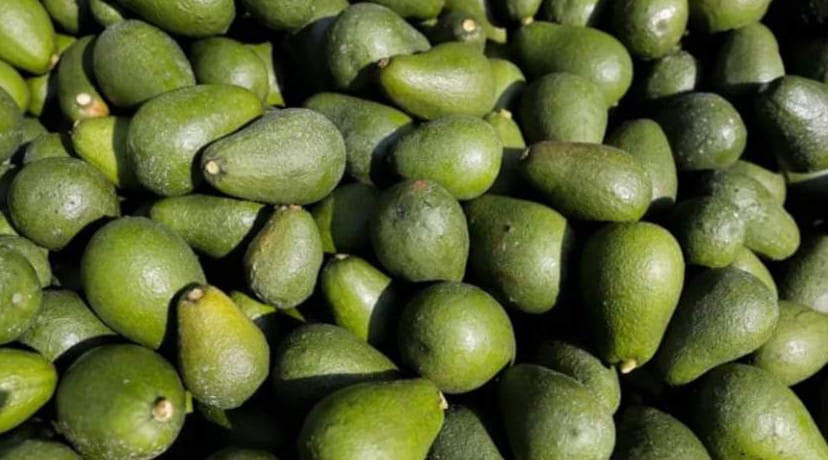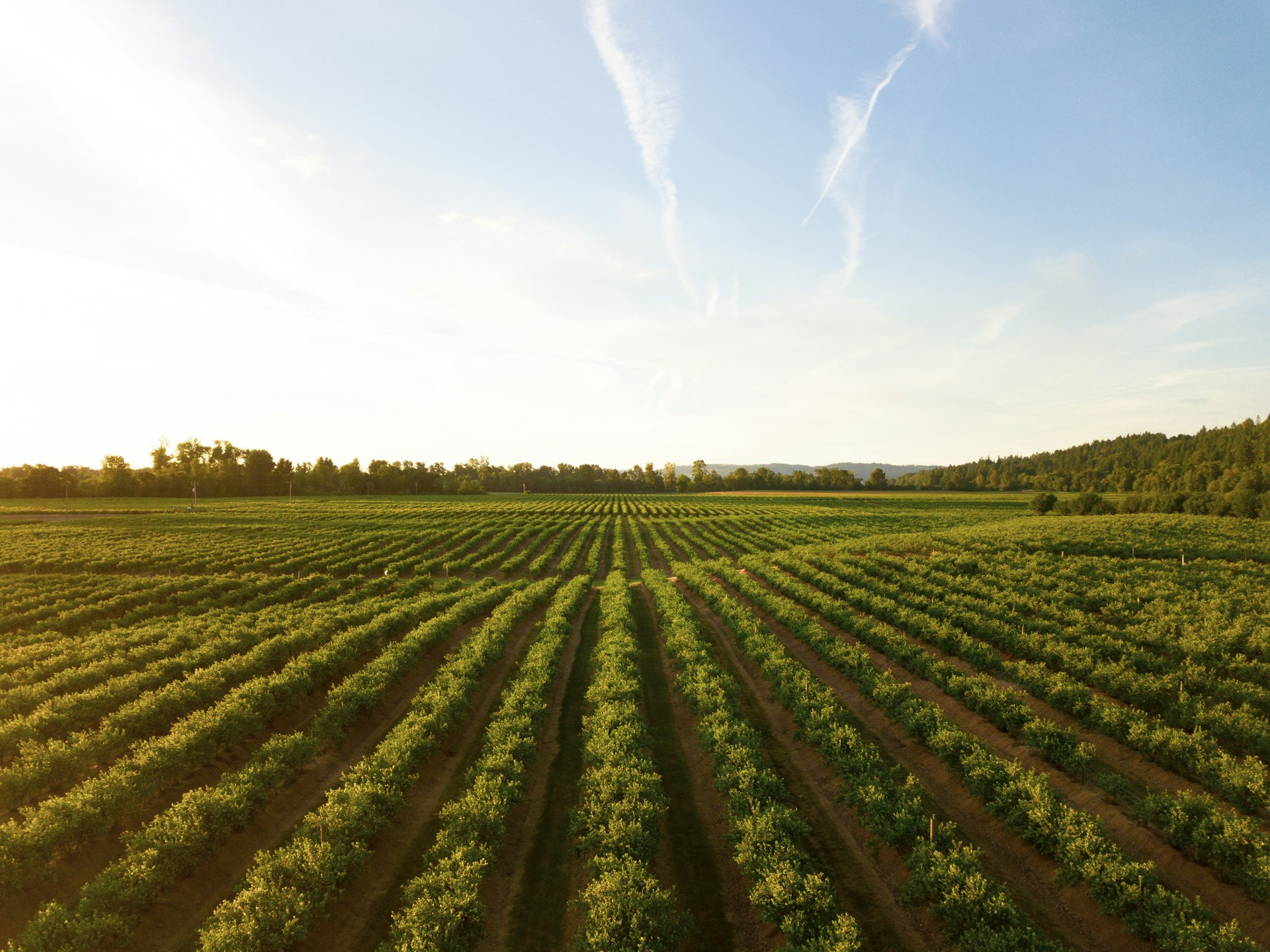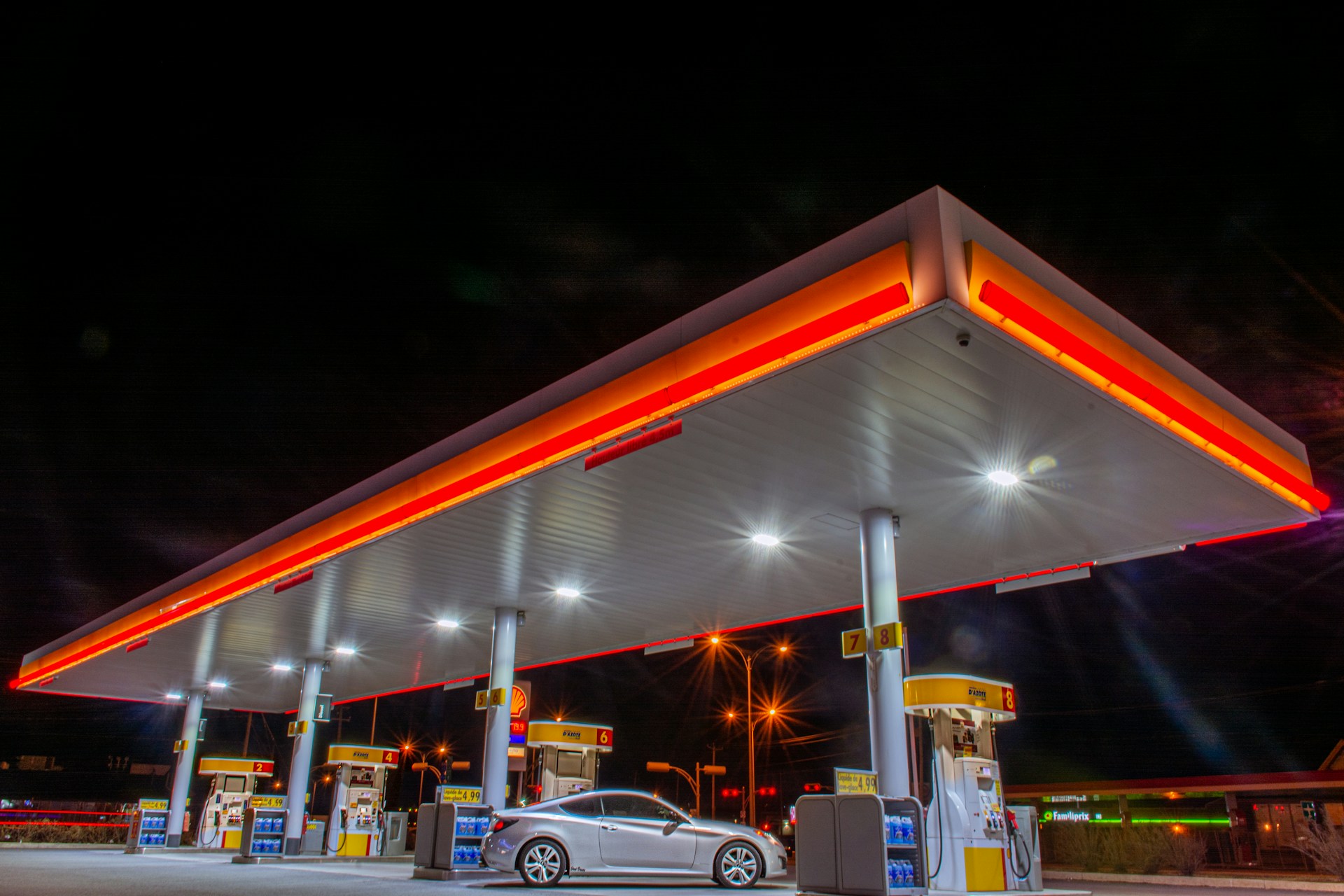Casablanca – The Tanger Med Special Agency (TMSA) has announced an ambitious $720 million investment program to be implemented between 2026 and 2028, reinforcing the port complex’s role as one of the most important logistics and trade hubs in the Mediterranean and Africa. This large-scale initiative comes as part of Morocco’s ongoing efforts to expand its maritime infrastructure and solidify its reputation as a gateway for international commerce and industrial connectivity.
Expanding capacity and connectivity
According to official projections, the investment plan focuses on several key priorities: expanding the passenger and truck terminal, developing new dry ports to improve inland transport, and undertaking a full digital transformation of port operations. The program will also enhance Tanger Med’s logistical and intermodal capacity, improving the efficiency of export operations and the integration of Morocco’s supply chains with global maritime routes.
Part of the funding for these projects will be secured through international financial institutions, with the International Finance Corporation (IFC) and the Multilateral Investment Guarantee Agency (MIGA)—both members of the World Bank Group—considering participation. IFC plans to provide up to $110 million, while commercial banks may contribute $280 million under a MIGA-backed guarantee mechanism, ensuring financial reliability and risk coverage.
Consistent growth and strong financial outlook
Tanger Med has shown exceptional growth in recent years, positioning itself as Africa’s largest port complex in terms of container capacity and trade volume. The port recorded a 24% increase in consolidated revenue in 2025, reaching $634 million, while net profits rose by 21% to about $188 million.
By the end of 2025, the total revenue of the Tanger Med Group is expected to reach $1.22 billion, with consolidated net profits estimated at $313 million. This performance is largely driven by a sharp increase in investments, which rose to $662 million, marking a 242% year-on-year increase.
Looking ahead, TMSA forecasts continuous expansion. The agency expects the port’s total revenue to reach $1.3 billion in 2026, $1.4 billion in 2027, and more than $1.5 billion by 2028. This steady upward trajectory underlines the port’s long-term financial sustainability and its growing global role as a major maritime and industrial hub.
Toward a low-carbon and energy-neutral future
In addition to economic growth, Tanger Med is pursuing a sustainability-centered strategy aimed at achieving carbon neutrality by 2030. The plan includes comprehensive environmental initiatives, renewable energy projects, and green logistics solutions designed to minimize the port’s ecological footprint.
The complex now relies on 100% renewable electricity, obtained through direct purchase agreements and self-generation projects combining solar and wind power. A key highlight of these efforts is the development of a floating solar power station with a capacity of 13 megawatts, located on the Oued R’mel Dam, which will help reduce dependency on conventional energy sources.
Innovation in sustainable mobility and energy use
To support cleaner operations, Tanger Med is deploying a new generation of electric and hydrogen-powered vehicles within port and industrial areas. The infrastructure modernization includes shore power systems that enable vessels to connect directly to the electrical grid while docked, reducing fuel consumption and emissions.
Through the implementation of the “Just-in-Time” system for maritime scheduling, the port aims to reduce ship waiting times and cut annual carbon emissions by around 10,000 tons of CO₂. These initiatives align with global standards for sustainable port management and reflect Morocco’s broader environmental commitments.
Waste management and circular economy projects
In parallel with energy reforms, TMSA is developing a comprehensive waste sorting and treatment center in the Tangier Tech industrial zone, with a processing capacity of 29,000 tons per year. The facility will handle industrial, packaging, and organic waste while promoting recycling and recovery initiatives within the port ecosystem.
Efforts are also underway to expand wastewater reuse systems for irrigating green spaces across the port and surrounding industrial zones, contributing to resource efficiency and water conservation.
A strategic platform for Africa and the Mediterranean
Through its combination of infrastructure expansion, digital transformation, and green transition, Tanger Med continues to strengthen its status as a strategic logistics gateway connecting Africa, Europe, and Asia. The port’s integration of economic performance with environmental innovation makes it a model for sustainable growth in the global maritime sector.
Since its establishment, Tanger Med has transformed Morocco’s position in international trade, serving as a key link for industrial exports, automotive manufacturing, and renewable energy components. With its latest $720 million investment program, the port is preparing for the next phase of growth—one that balances competitiveness, sustainability, and innovation—ensuring its role as a cornerstone of Morocco’s economic future and a benchmark for modern port development worldwide.




